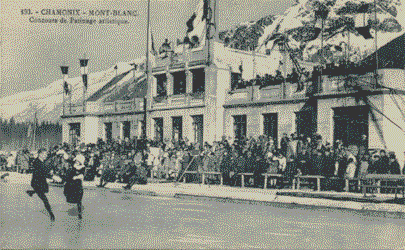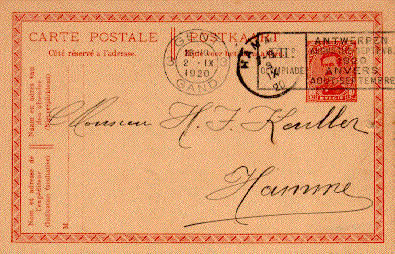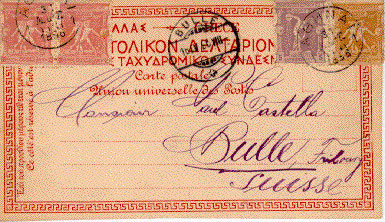




At the 1924 Paris Games, the Olympic motto, "Citius, Altius, Fortius", (Swifter, Higher, Stronger) was introduced, as was the Closing Ceremony ritual of raising three flags: the flag of the International Olympic Committee, the flag of the host nation and the flag of the next host nation. The number of participating nations jumped from 29 to 44, signaling widespread acceptance of the Olympics as a major event, as did the presence of 1,000 journalists. Women’s fencing made its debut as Ellen Osiier of Denmark earned the gold medal without losing a single bout. Johnny Weissmuller of the United States won two gold medals in swimming on 20 July alone. That same day he earned a bronze medal in water polo. He later went to Hollywood and starred as Tarzan in twelve movies. American swimmer Gertrude Ederle won a bronze medal in the 100m freestyle. Two years later she caused a sensation by becoming the first woman to swim across the English Channel (La Manche) - and in a time almost two hours faster than any man had ever achieved. Finnish runner Paavo Nurmi, won five gold medals to add to the three he had won in 1920. His most spectacular performance occurred on 10 July. First he easily won the 1,500m. Then, a mere 55 minutes later, he returned to the track and won the 5,000m. Nurmi’s teammate, Ville Ritola, did not do badly either in 1924: he won four gold medals and two silver.
Dates: May 4 - July 27
Participating N.O.C.: 44
Number of Sports: 18
Number of Events: 126
Number of Athletes: 3092
Men's : 2956
Women's : 136
Opening: Gaston Doumergue, Republic President
Oath : Georges André
Candidates cities: Amsterdam (NED), Barcelone (ESP), Los Angeles (USA), Prague (CZE) and Rome (ITA)































